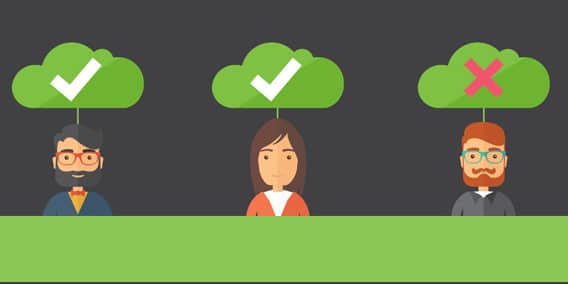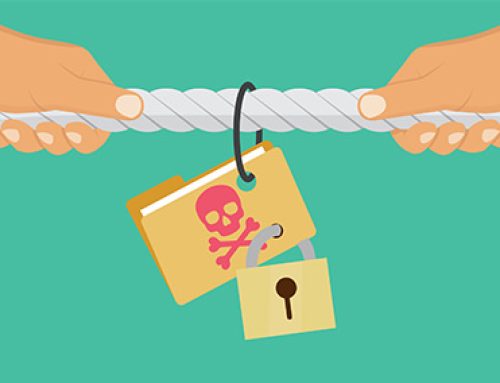Everyone seems to be talking about the cloud these days. The cloud is an IT miracle worker. The cloud solves everything. That’s what so many people seem to believe, anyhow. But is cloud backup and disaster recovery right for everyone? And if it isn’t the right answer for every business, how can teams understand when it is – and when it isn’t? At Quorum, we know the factors that play into this question. And we encourage teams to at least consider a hybrid cloud option and DRaaS, because we’ve seen how they can drive lower costs, speedy recovery, efficient storage, a smaller carbon footprint and more.
But that doesn’t mean we think every team needs to pursue all cloud, all the time for their backup and disaster recovery needs. Every effective DR plan starts with a carefully considered strategy. So here are a few things to consider when looking at the cloud.
5 Signs the Cloud May Be For You
You have big plans for the future. Your company is growing, or intends to, but you don’t like the idea of additional data centers and backup hardware. As for growing your power expenses, and hiring additional staff to manage them, you’re not wild about that idea either. You want to become a bigger player in your market, while minimizing CAPEX as much as possible – something cloud BDR can help with.
You want another layer of reliability. Even if you’re still in the world of on-premises disks and tape, you’re probably aware that one hurricane, flood or fire can wipe out your backups. One way to offset that vulnerability is to create another replica in the cloud. We all know that uptime isn’t just about driving revenue, but maintaining customer confidence in your brand – and cloud backups are a great way to assure your systems are always up, running and looking strong.
Your team doesn’t have the right skills. Choose the right partner for your cloud BDR, and a team of proficient BDR experts can take an immense amount of work – from basic data center maintenance to advanced configurations – off your plate. Furthermore, they can offer state-of-the-art tools and help you avoid expensive technology refreshes and the incessant cycle of evaluating, purchasing and maintaining new solutions.
Or they do have the right skills, but you want them to hunt bigger game. Hand BDR over to the cloud and you’ll see your most of your manual maintenance, testing and upgrades vanish. Just choose an all-in-one solution that gets your IT team back on track and focused on initiatives that drive revenue instead of being forced to spend time managing multiple vendors.
You need a BDR solution that can work with your changing circumstances. Because cloud solutions ask you to pay only for the resources you use and need, you won’t need to worry about overpaying for unnecessary storage, or having inadequate resources during a surge of traffic. The elasticity and scalability of the cloud can put your mind at rest when it comes to expanding workload volumes or a drop in demand.
Now let’s talk about factors that might stop you from going to the cloud – but shouldn’t.
You’re questioning the security. If you’re new to cloud BDR, you might worry about the security of your backups – especially if you’re in the financial, legal or healthcare industry and have regulations to meet. So here’s the truth. Cloud backup and disaster recovery can offer advanced protection through encryption that ensures your backups stay safe, even if they fall into the wrong hands.
You’re not ready to let go of your legacy system. That’s okay. Hybrid cloud can allow you to take advantage of cloud savings and convenience while leveraging your on-premises infrastructure. Look for a solution that integrates with your existing system; then devise a strategy that allocates your assets however you feel is most beneficial.
You’re not sure if you should go for public cloud, private cloud, hybrid or DRaaS. Here we’ll recommend reading our ebook on Backup and Disaster Recovery in the Cloud to understand the advantages. For instance, a private cloud can offer stronger security, while hybrid can give you the best of both worlds by pairing hardware performance with cloud scalability. DRaaS can offer you a virtualized replica of your physical environment, while minimizing demands on your staff.
When you make your final call, what really matters is understanding how cloud BDR can serve you. Only you know which data needs advanced security, which of your systems are mission critical, or the gap between your ideal RTO and tolerable RTO. Investigate how different cloud options can address your needs, and you’ll know if BDR in the cloud is right for you.





